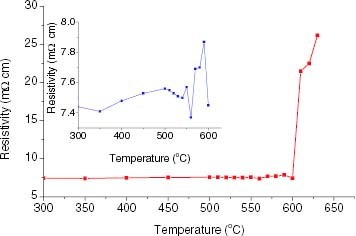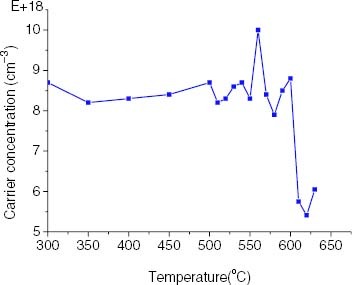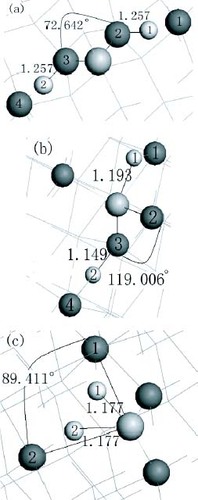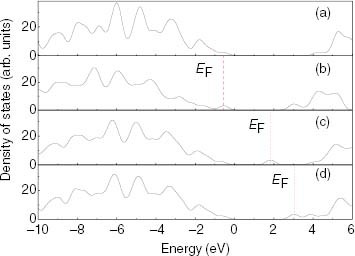Figures & data
Figure 1 Depth profiles of B and H in diamond based on TRIM simulation. The solid line is the depth profile of B and the dot line is that of H.
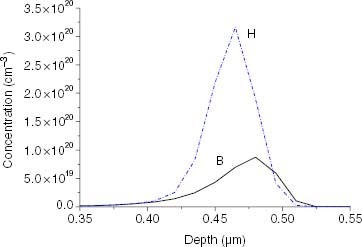
Parameters of annealing process of film in range of 300–630 °C in quartz tube with Ar flux of 30 ml min-1.
Figure 2 The surface morphologies of diamond (a) and B-doped diamond (b) are shown, as determined by the AFM. The surface of the original sample (a) is quite smooth with small thorns; that of boron-doped diamond (b) is not smooth with a few small protuberances.
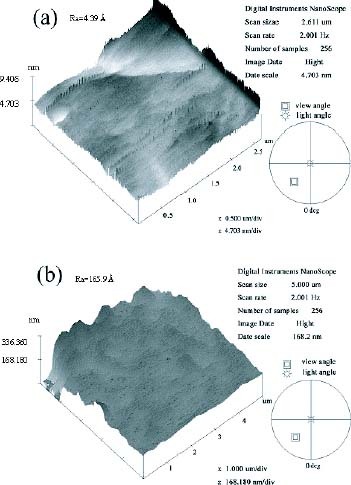
Figure 3 Raman spectra of diamond in various states. Line a is the Raman spectrum of the original sample. Line b is that of B-doped diamond (annealed at 1450 °C). Line c is that of hydrogenated B-doped diamond annealed at 560 °C and then washed in a boiling acid mixture and etched.
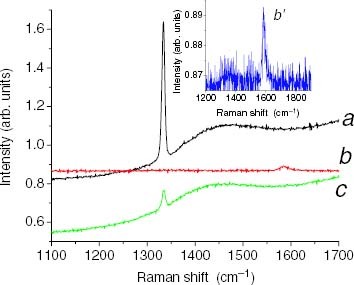
Figure 4 Annealing temperature dependence of resistivity in the range of 300–630 °C. The inset shows the annealing temperature dependence of resistivity in the range of 300–600 °C.
